
It is important to send the appropriate sample size for testing in order to obtain accurate and reliable results. The required sample quantity may vary depending on the formulation and specific test performed. Additionally, when sending in samples for microbiology testing, it is crucial to take into account the batch size, as sampling quantities are determined based on statistical probabilities of identifying contamination across different articles and batch sizes.

Sampling is formulation dependent.
Minimum sample size for each active ingredient tested:
· Raw powder: 50 mg
· Triturates/Granulations/Blend Powders: 1 g
· Solid Dose Forms (Tablets, Capsules, Pellets, Troches, Suppositories): 5 units
· Suspensions: ≥10 mL, recommend ½ container size
· Solutions: 2 mL
· Semi-Solid Dose Forms (Creams/Lotions/Gels): 3 g
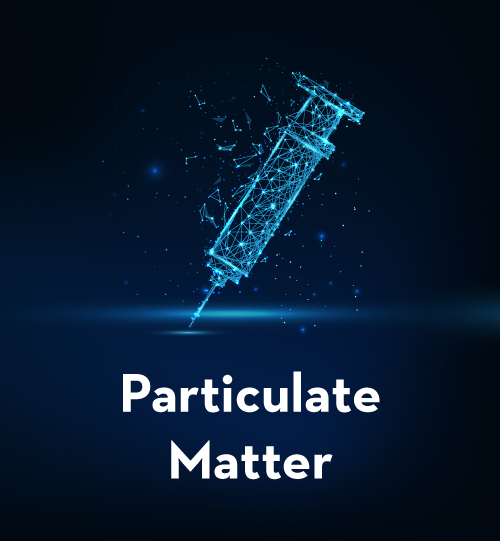
Sampling is based on the method and is dependent on the formulation and dosage form.
USP Requirements:
· Therapeutic proteins: 1.5 mL
· Parenterals, topical and intraocular ophthalmics, or injections:
· If fill volume is <25 mL – 10 containers
· If fill volume is ≥ 25 mL – 1 container
Please provide 30 mL if using 1 container. The laboratory takes 25 mL for testing. Providing 30 mL ensures an ample sample amount for the test method.

Sampling is dependent on batch size and dosage form.
· USP 71 - Reference Table 3 in the chapter
· USP 797 - For batches <40 articles, the sampling size must be the number of units equal to 10% of the number of CSPs prepared, rounded up to the next whole number.
Sampling for method suitability:
· Sterility - 3x the certification amount
· Rapid sterility - 4x the certification amount
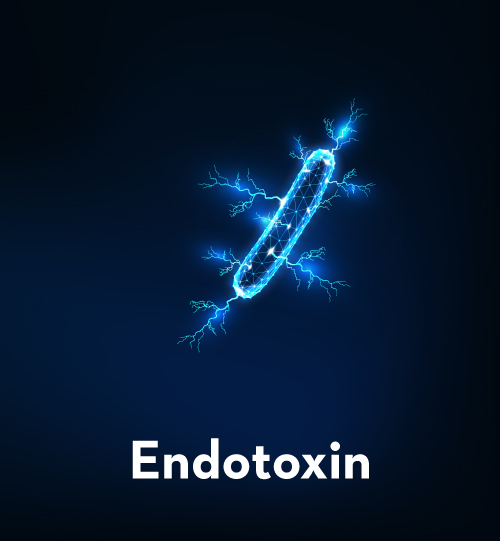
Sampling is based on the method.
· 1 mL or 100 mg
· Medical Devices: 10 articles
Sampling for method validation: 5 mL or 250 mg
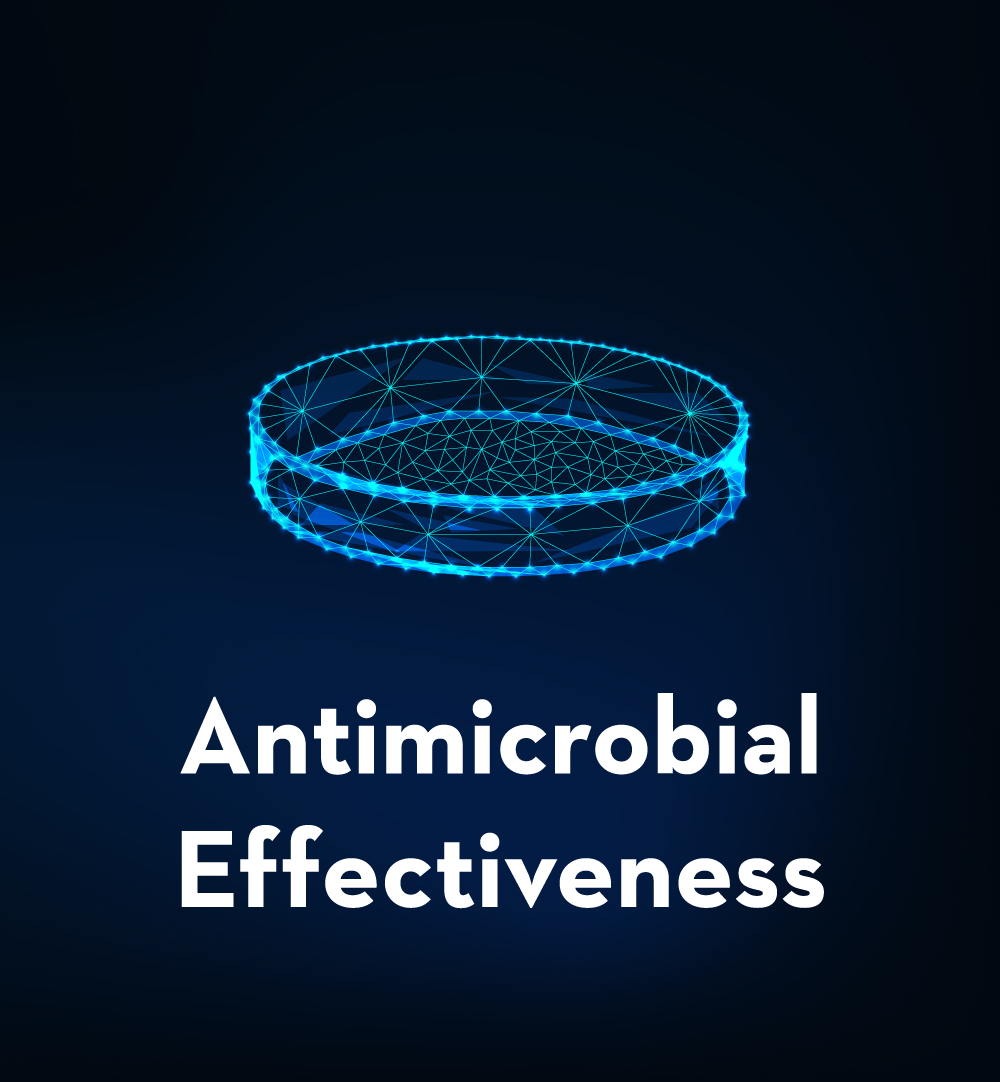
Sampling is based on the method with enough sample to add large amounts of microorganisms into the preparation and simulate a contamination event during or after compounding.
· 70 mL or 70 g
Method suitability and testing can be conducted from the same 70 mL or 70 g supplied.
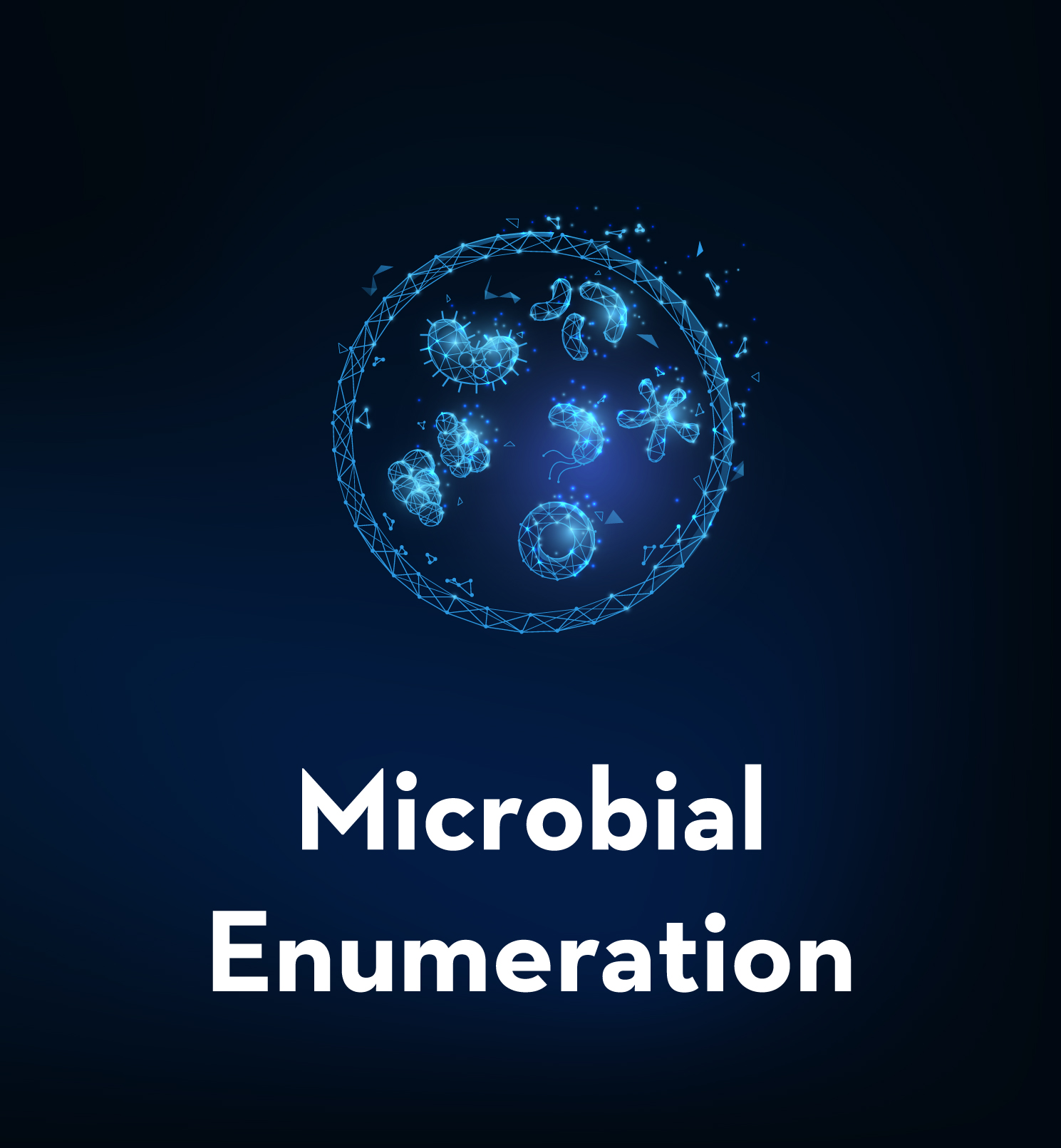
Sampling is based on the method, with enough sample to be plated on two types of growth media.
· 12 mL or 12 g
Method suitability and testing can be conducted from the same 12 mL or 12 g supplied.
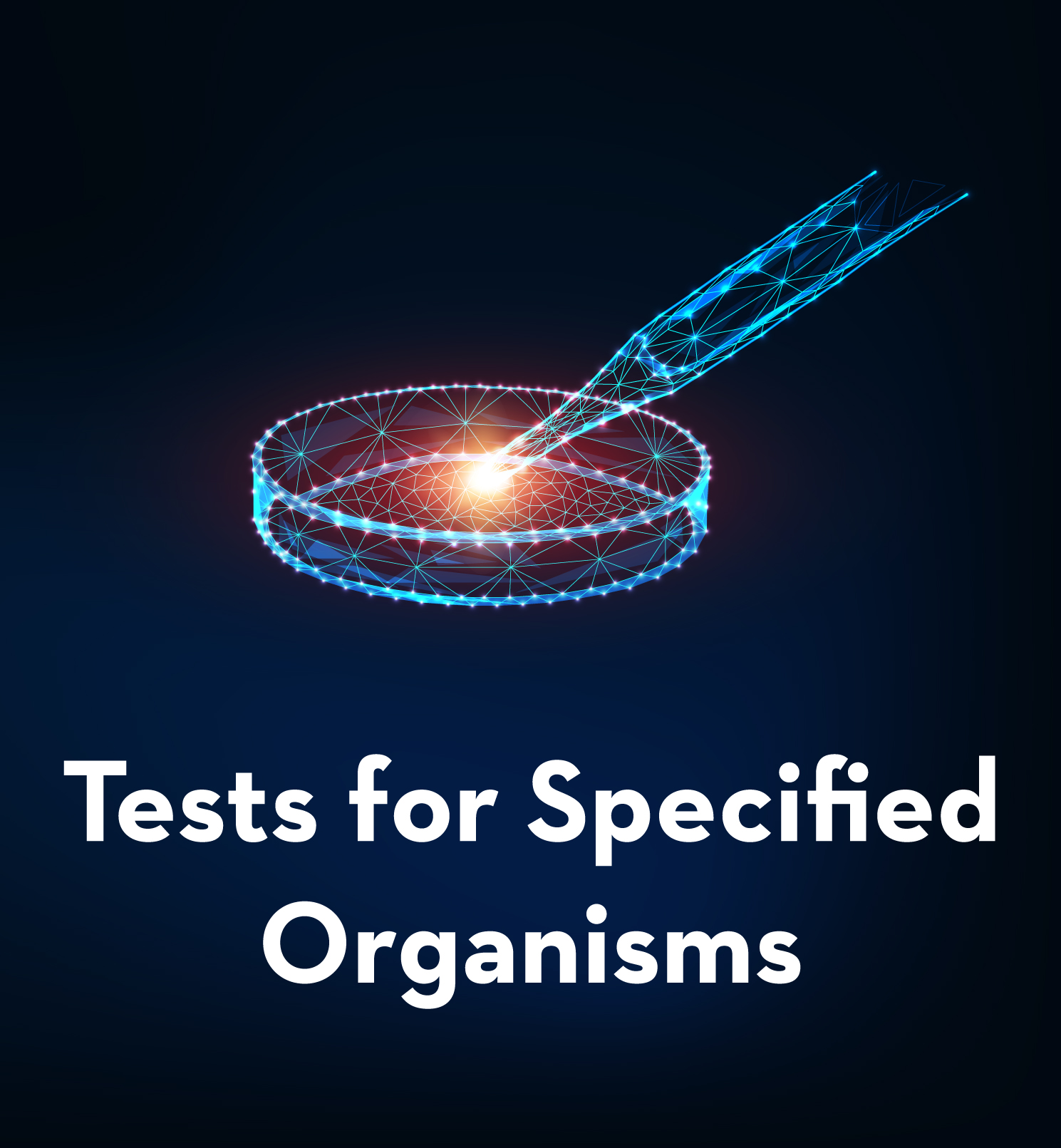
Sampling is based on the microorganism tested
· Candida albicans - 2 mL or 2 g
· Clostridia sporogenes - 4 mL or 4 g
· Escherichia coli - 2 mL or 2 g
· Pseudomonas aeruginosa - 2 mL or 2 g
· Salmonella enterica - 12 mL or 12 g
· Staphylococcus aureus - 2 mL or 2 g
· Bile-Tolerant, Gram-Negative – 2 mL or 2 g
The sampling size for method suitability is the same as the sampling size for the test.
For additional tests and sample size requirements, log in to ARL’s Client Portal and access our price book.
